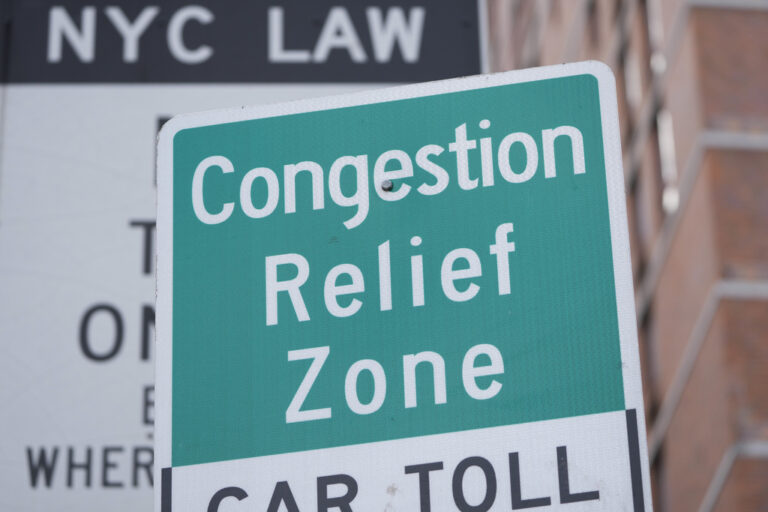 A USA TODAY review of airline schedules for May found an average of 2,600 flights a day — or about 10% of all passenger airline departures from U.S. airports — operate at times that make it hard for pilots to get normal sleep. That puts them at risk for reduced alertness or, in a worst case, nodding off on the job.
A USA TODAY review of airline schedules for May found an average of 2,600 flights a day — or about 10% of all passenger airline departures from U.S. airports — operate at times that make it hard for pilots to get normal sleep. That puts them at risk for reduced alertness or, in a worst case, nodding off on the job.
The flights operate at times that have been cited as contributing to accidents by the National Transportation Safety Board. The accident investigation board has cited fatigue in 15 airline accidents and incidents since 1993, with a total of 24 deaths.
The airline schedules that pose a higher risk of fatigue include early morning departures, arrivals after midnight or flights during the middle of the night. Working at these times interrupts the brain’s deep-seated need for sleep, experts say.
“Fatigue is not something you can ever will away,” says Harvard Medical School sleep researcher Charles Czeisler. “We’re trying to work at a time of day when the brain wants to go asleep.”
Although the seven air-traffic controllers who nodded off or were unresponsive in recent months have dominated headlines, airline schedules demonstrate that the 24-hour world that pilots operate in is just as vulnerable to sleep deprivation. It also highlights the depth of the problem as the Federal Aviation Administration prepares to release new restrictions on the hours that pilots can work before Aug. 1.
Tom Balkin, chief of the Department of Behavioral Biology at Walter Reed Army Institute of Research, says interfering with normal sleep patterns makes it difficult for the brain to solve problems and increases the odds of accidents or errors.
The U.S. airline industry is enjoying its safest period in history. Experts say there are ways to reduce the risks of fatigue. Pilots who are rested before they begin a series of flights deal with fatigue much better than those who are already sleep-deprived, he says. Airlines can help by ensuring that pilots get adequate time for sleep between shifts.
On average this month, 2,019 of a scheduled 25,624 daily flights depart from U.S. airports in early morning hours before 7 a.m., according to data from OAG-The Official Airline Guide. In addition, 612 are overnight flights or ones scheduled to land after midnight.
“We operate a large number of flights when the human body has a natural drive to be asleep,” says Capt. Don Wykoff, chairman of the Air Line Pilots Association’s flight and duty time committee.
The Air Transport Association, a trade group representing large carriers, says that the steadily declining accident rate demonstrates that its schedules are safe.
Airlines would welcome “scientifically validated and data-driven countermeasures to prevent fatigue,” the trade group says.
(Source: USA Today)










